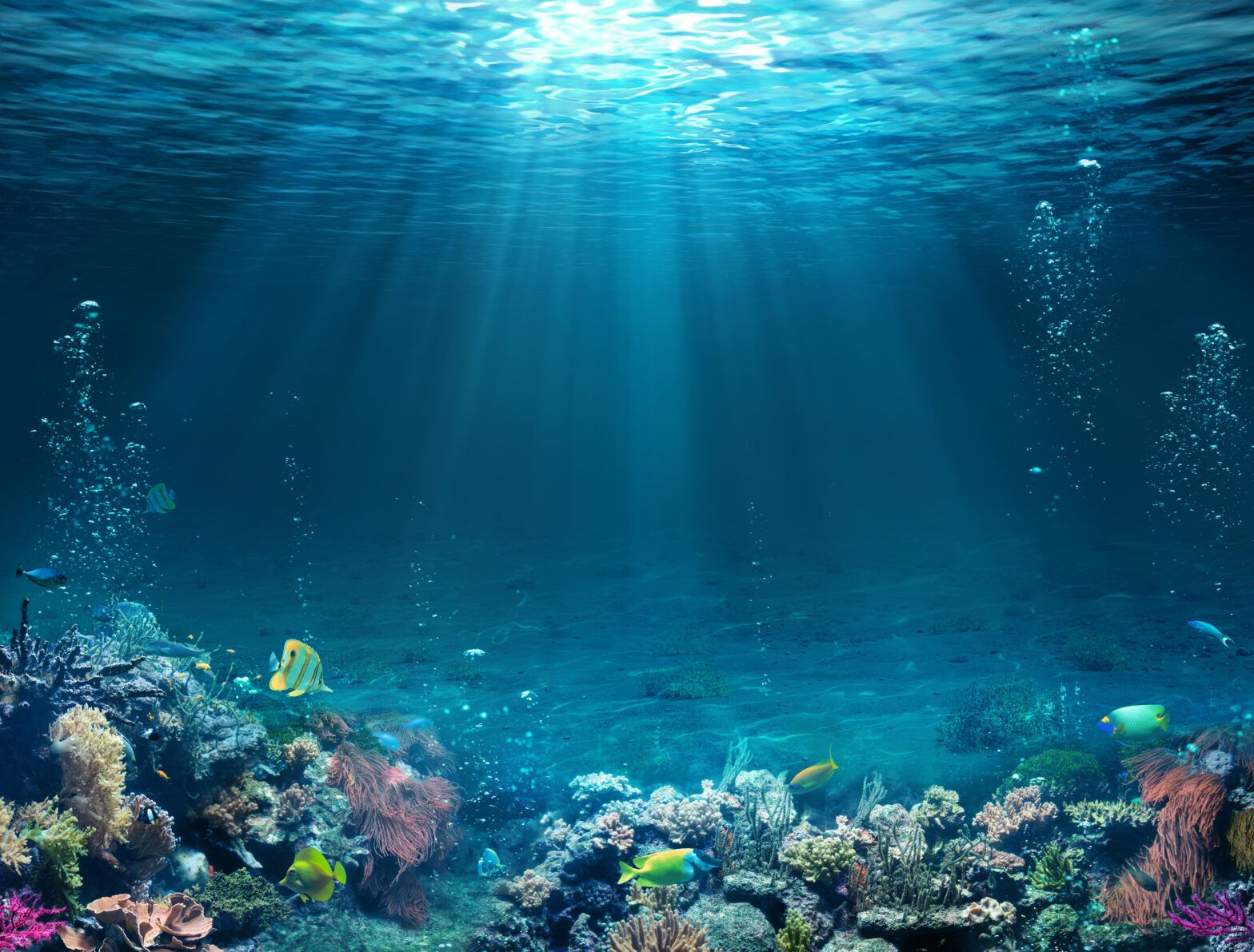
ESG investors have called the UN High Seas Treaty, agreed earlier this month, “a major milestone” that will prompt blue bonds to replicate the path of green bonds over years to come.
After a decade of negotiations, on 4 March at New York’s United Nations headquarters leaders agreed to ringfence 30% of seas into protected areas by 2030 to safeguard marine nature and ocean health. Before, only 1.2% of this was protected so the vast majority of oceans have been vulnerable to climate change, overfishing, deep sea mining and pollution from shipping.
The Treaty will provide countries with new legal tools to establish and manage marine protected areas in international waters and help meet the Global Biodiversity Framework 30×30 target (to protect 30% of the planet’s lands and inland waters by 2030) agreed at COP15 in Montreal in December. A legal framework will be developed, while arrangements for sharing marine genetic resources and data, and requirements for environmental impact assessments (EIA) for deep sea activities such as mining are also parts of the Treaty.
“This is a major milestone from a policy perspective,” said David McNeil, head of responsible investment research at Insight Investment.
See also: – ‘The global water crisis is as relevant today as it ever was’
Kim Rybarczyk, counsel within the ESG team at Linklaters, added the Treaty is an “enormous step in the right direction” as previously 60% of oceans did not have a governance framework, and what did exist was focused on fishing rights and mining of the seabed, for example, and was therefore “very fragmented”.
“The number of countries that we have managed to get across the line on this, especially in the geopolitical environment we are in, shows the priority nations are giving to these issues.”
Fidelity’s Kris Atkinson, portfolio manager on the Sustainable Climate Bond Fund, noted little attention has been paid to ocean health previously but “it is crucial to limiting climate change”.
“The newly agreed Treaty is a significant step forward for ocean preservation since it provides a legal framework for the conversation and sustainable use of marine biodiversity in areas beyond national jurisdiction, which make up around two-thirds of the Earth’s ocean and sea beds, and are currently most unregulated.”
He explained: “The Treaty aims to establish marine protected areas and promote sustainable use and management of marine resources, which can reduce overfishing, resource depletion and habitat destruction on ocean ecosystems. By doing so, the treaty can help to promote ecosystem resilience to climate change impacts, such as ocean acidification and warming.
“It also requires environmental impact assessments for activities like deep-sea mining and promotes international cooperation on ocean governance, which is crucial for reducing greenhouse gas emissions, mitigating the impacts of climate change on marine ecosystems and adapting to the changing conditions of the oceans.”#
See also: – Seaweed: The unsung climate hero
Direction of capital
One clear aim of the Treaty is enable funding towards companies and projects that are finding solutions to protect marine life and oceans. Atkinson said these can help to stimulate economic and promote prosperity in coastal communities, and ensure sustainable fisheries and aquaculture practices, which will help to ensure a reliable and sustainable source of seafood production. Additionally, capital can be used to invest in the conservation and sustainable use of marine resources can help to preserve marine biodiversity, prevent habitat destruction and reduce the impacts of climate change, he added.
In particular, smaller companies have huge potential for growth as investors are enthused to back this area of sustainable investment. Maria de Athayde Tavares, managing associate in Linklaters’ Lisbon office, points to a company that has been growing after it used marine resources to create a paint for ships and boats that is non-polluting.
“These are the kinds of things we are seeing in Portugal, there is huge potential.”
Access challenges
There are a number of barriers, however, in terms of getting this capital flow to blue economy projects. There is the small-scale size of the companies and illiquidity, lack of investment vehicles and understanding around them, but also the management themselves are unsure of opening up their firms to investment.
“They are still a bit unsure, they want to keep control of their business,” said de Athayde Tavares. But the investment appetite is there and I think we will see these companies start to open the door as they will be more confident with public funding there and some predictability provided by the Treaty framework.”
See also: – Companies not protecting oceans pose systemic risks
The illiquidity challenge is something that will hopefully be tackled in the fixed income markets. Insight’s McNeil said there are currently relatively limited number of blue bonds but he thinks issuers will begin to issue structures that use proceeds addressing the blue economy going forward.
“With this focus on marine resources and the High Seas Treaty, there will be interest in how impact bonds and issuers can make a positive impact on the blue economy.”
He added development banks and supranationals will be instrumental in this.
“They played a key role in the development of the green bond market in terms of driving up the quality of disclosures and frameworks and identifying projects for investment. They will play a similar role in the blue economy and the range of investment opportunities in the blue economy will develop over the next few years. They are the standard setters.”
Fidelity’s Atkinson added fixed income markets have a vital role to play in providing investors with access to the blue economy but are also better positioned in some ways than equities due to the size of the bond market, frequency of bond issuance, breadth of issuer type, and possibility of targeted capital deployment via sustainable debt instruments.
“For example, issuers can issue green or blue bonds to fund projects related to sustainable fisheries, renewable energy production from the ocean coastal restoration or marine conservation efforts,” he commented. “Alternatively, by promoting best practices they can incorporate sustainability targets related to ocean health into their corporate strategy, for example reducing plastic waste in its supply chain or improving the efficiency of its fishing practices.”
He agreed supranational organisations, such as the United Nations, are key in providing guidance and setting standards for sustainable ocean-based industries and development banks can provide financing and technical assistance for blue economy projects but he would like to see all stakeholders get involved.
“National governments can also play a role in developing policies and regulations that support sustainable ocean-based industries. However significant private capital is needed to preserve the ocean because governments alone cannot fund the necessary transition to a sustainable blue economy. Private capital is needed to finance and develop products or vehicles that can support the development and deployment of sustainable ocean-based industries and technologies, supporting the conservation and sustainable use of marine resources and promote resilience of coastal communities.”
Initially, the adoption of new governance of the high seas and protected areas “will be disruptive”, said de Athayde Tavares, and the “devil will be in the detail” in terms of what the framework will eventually look like.
But it will be worth it, added McNeil.
“There is potential negative impact in shorter term but over the longer term there is the sustainability of ocean health.”








